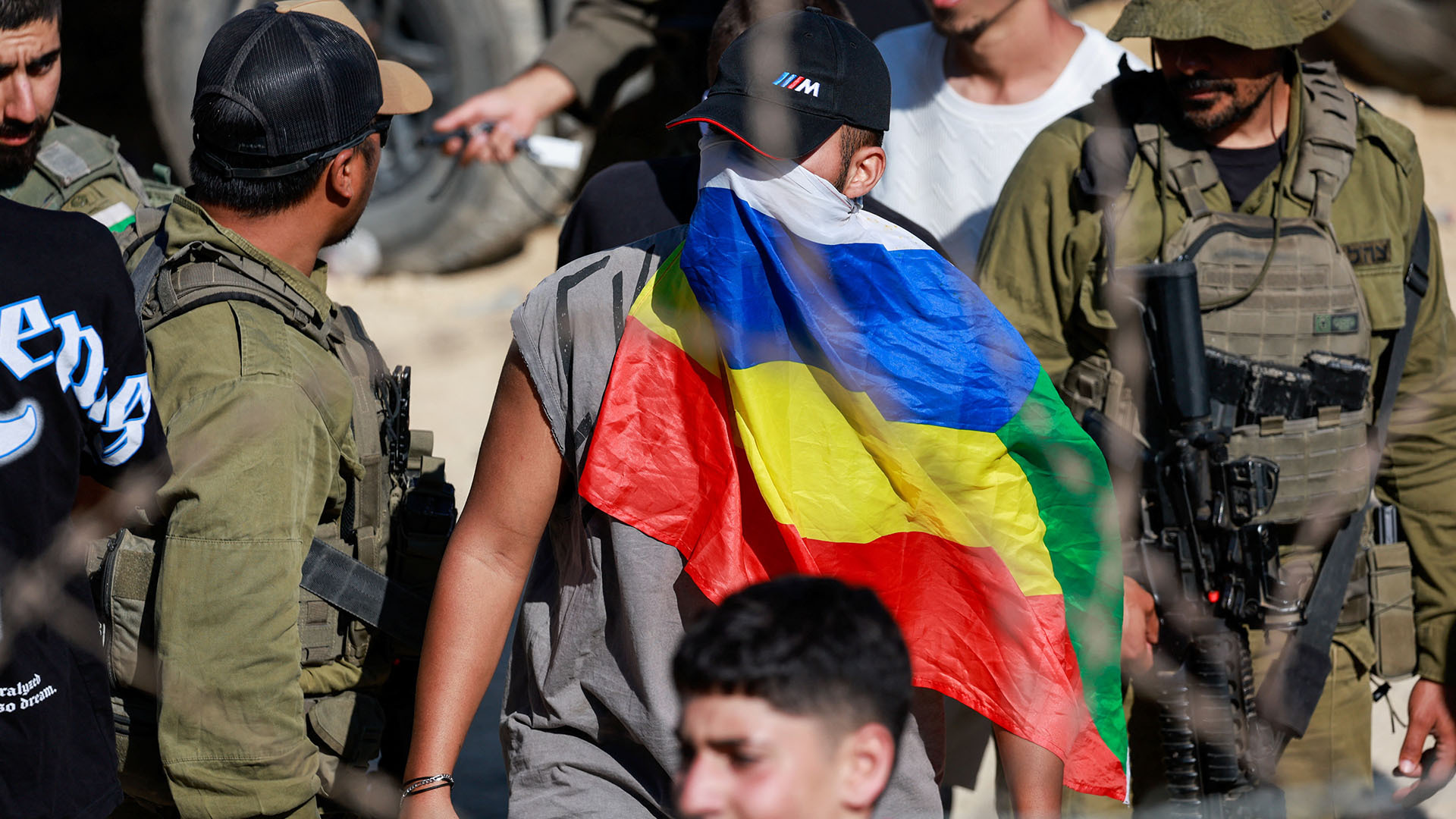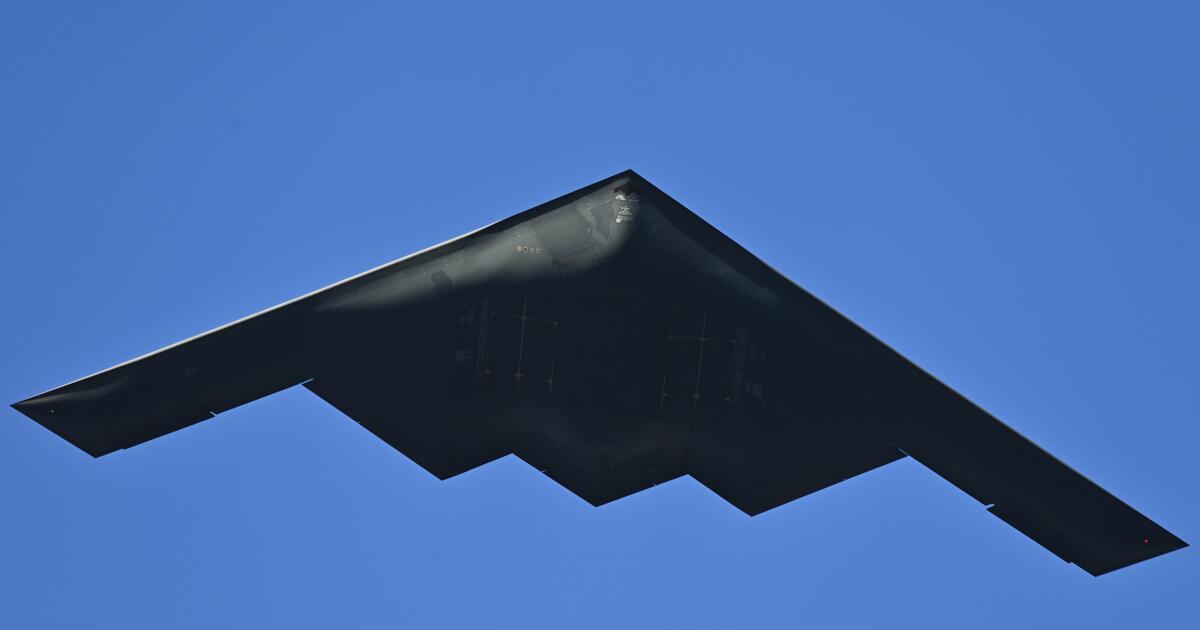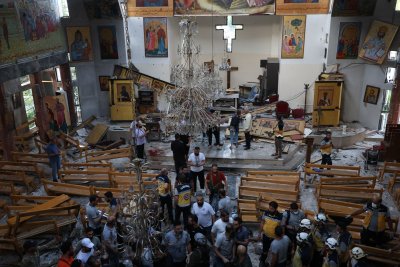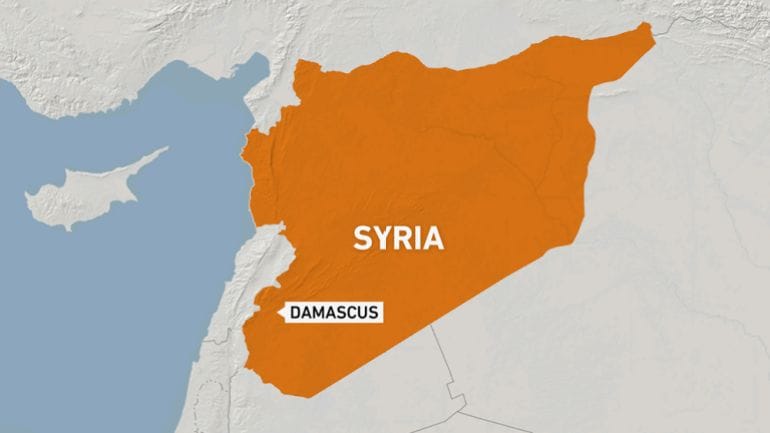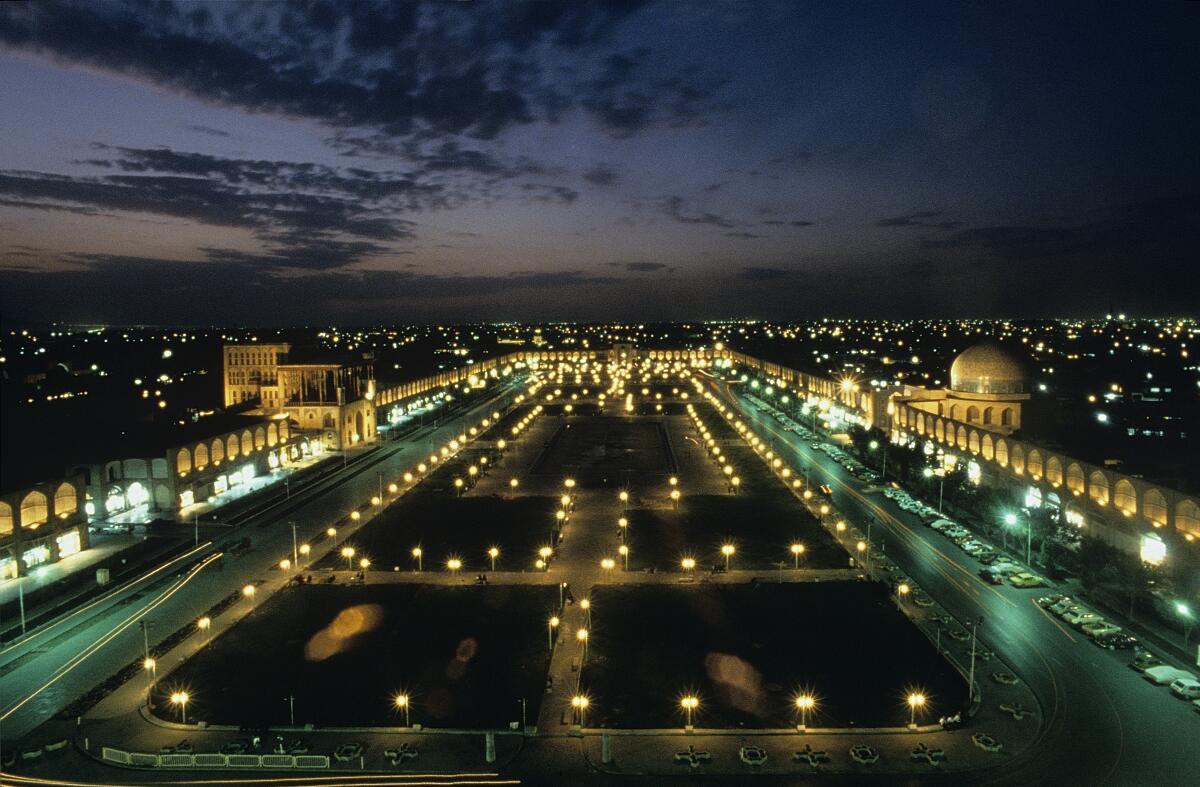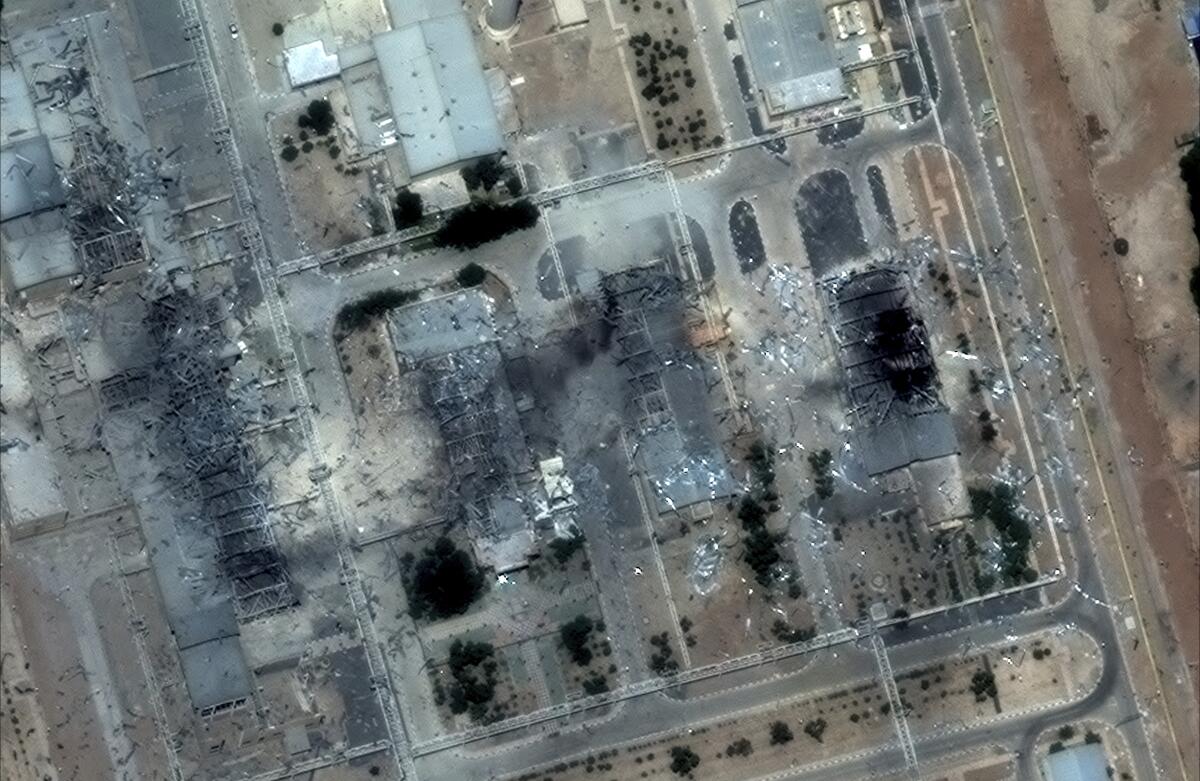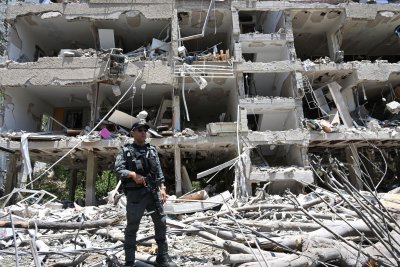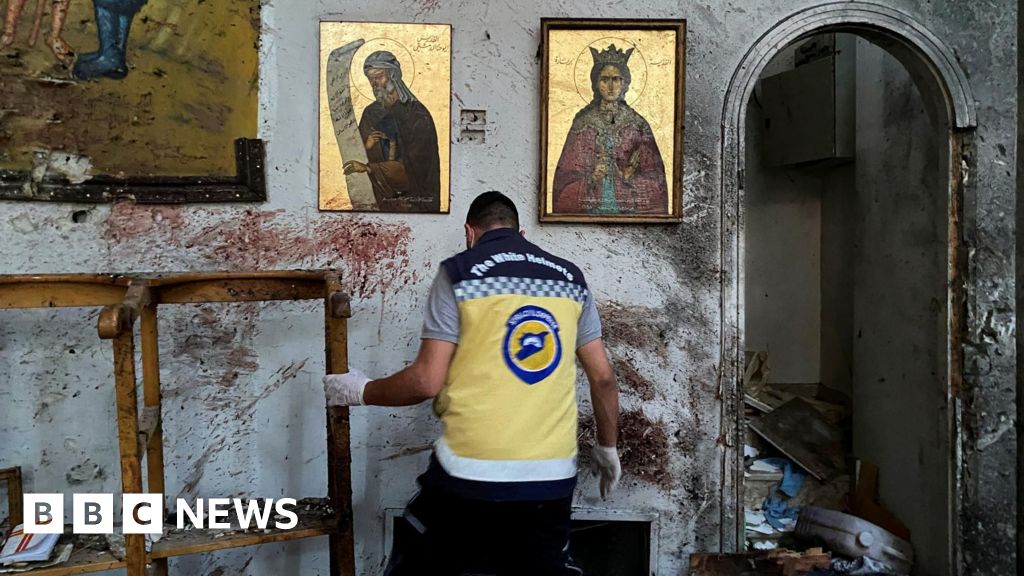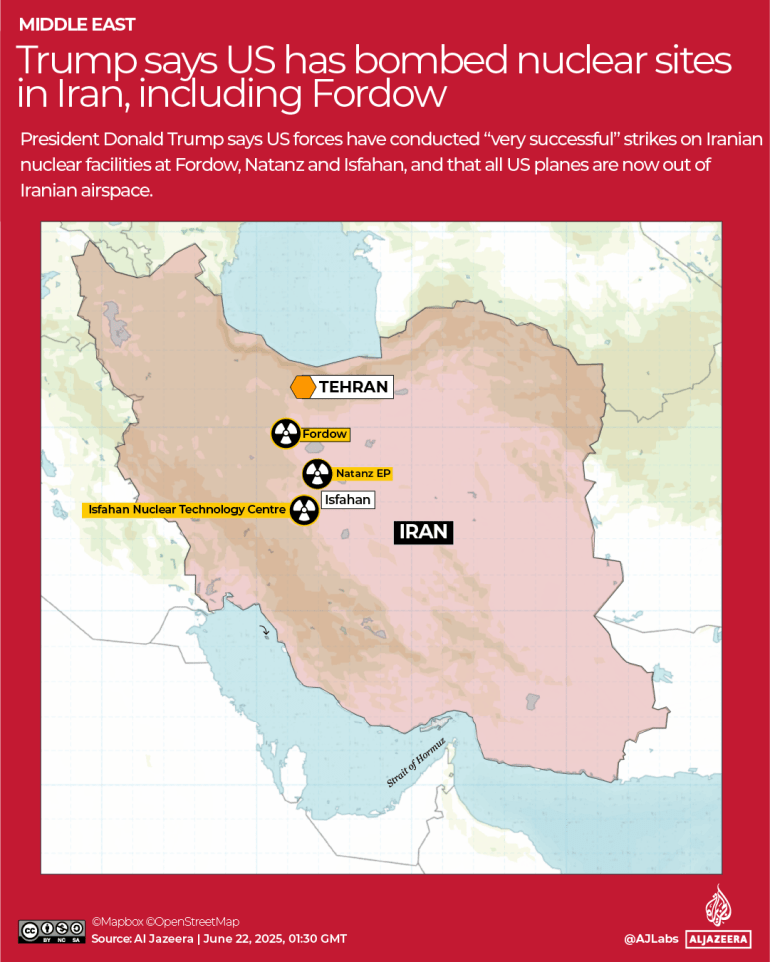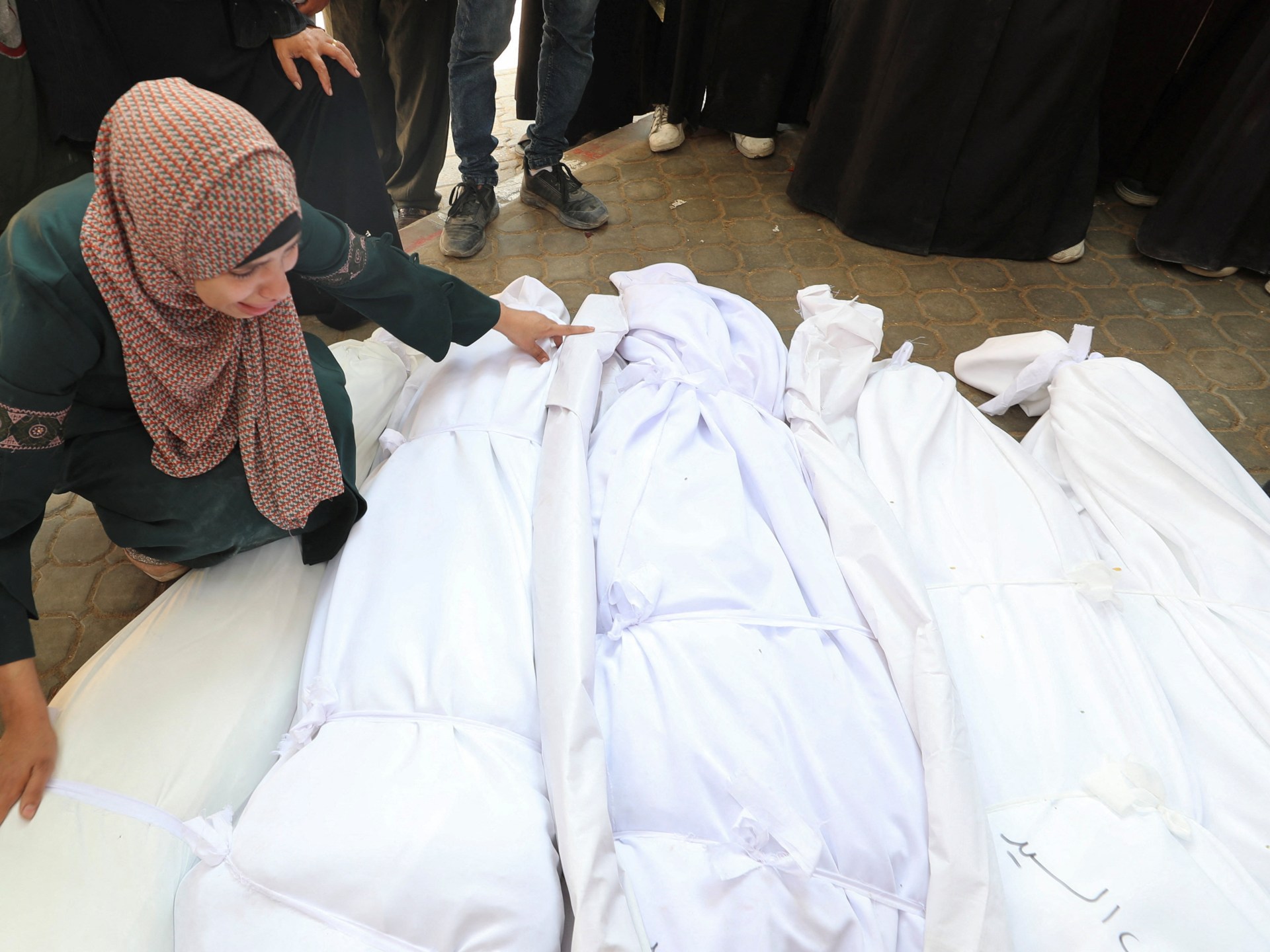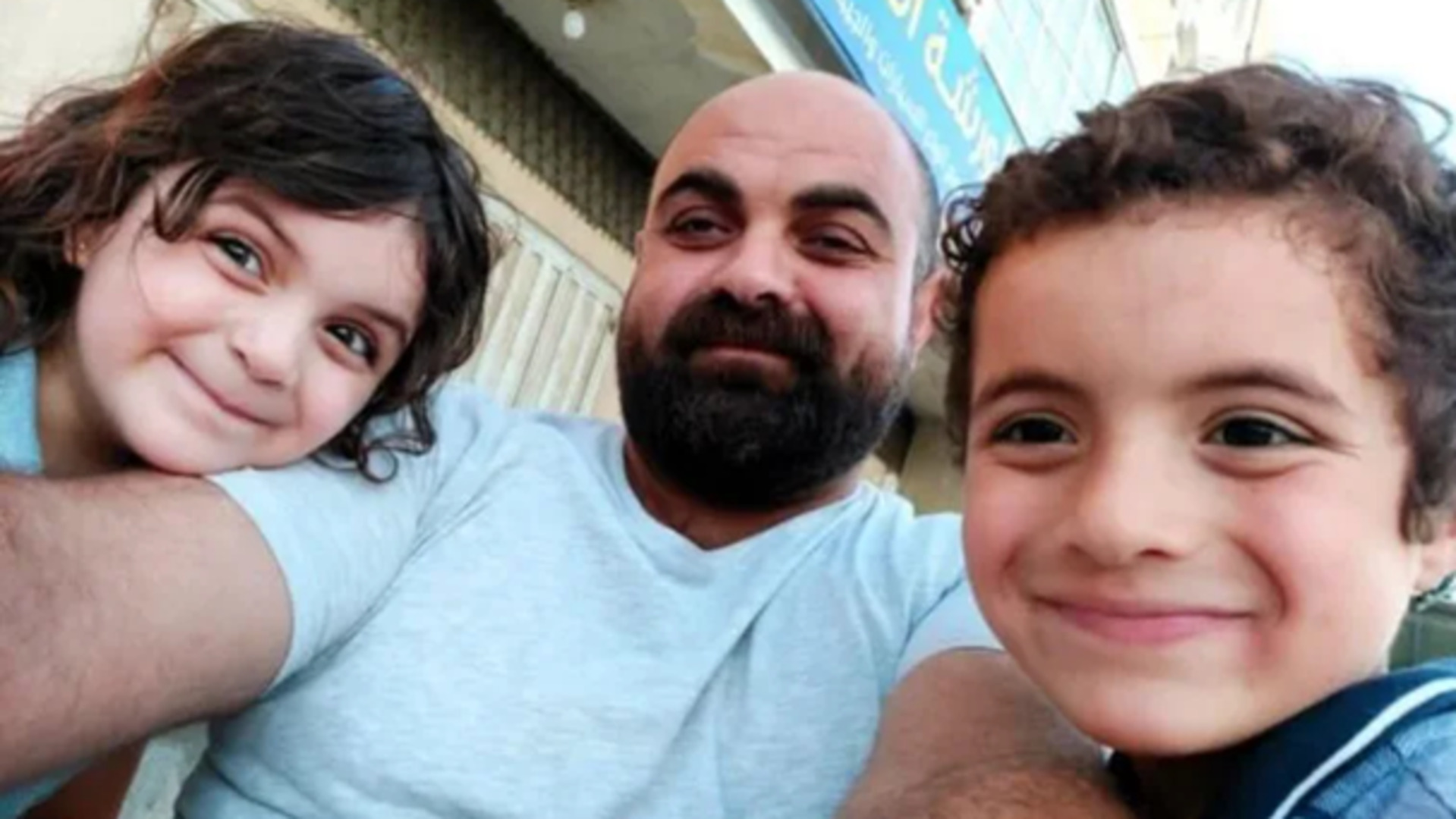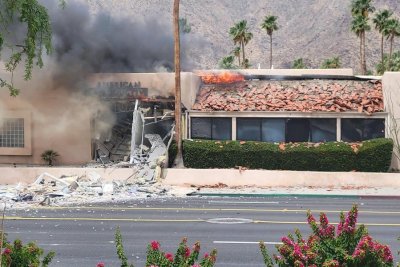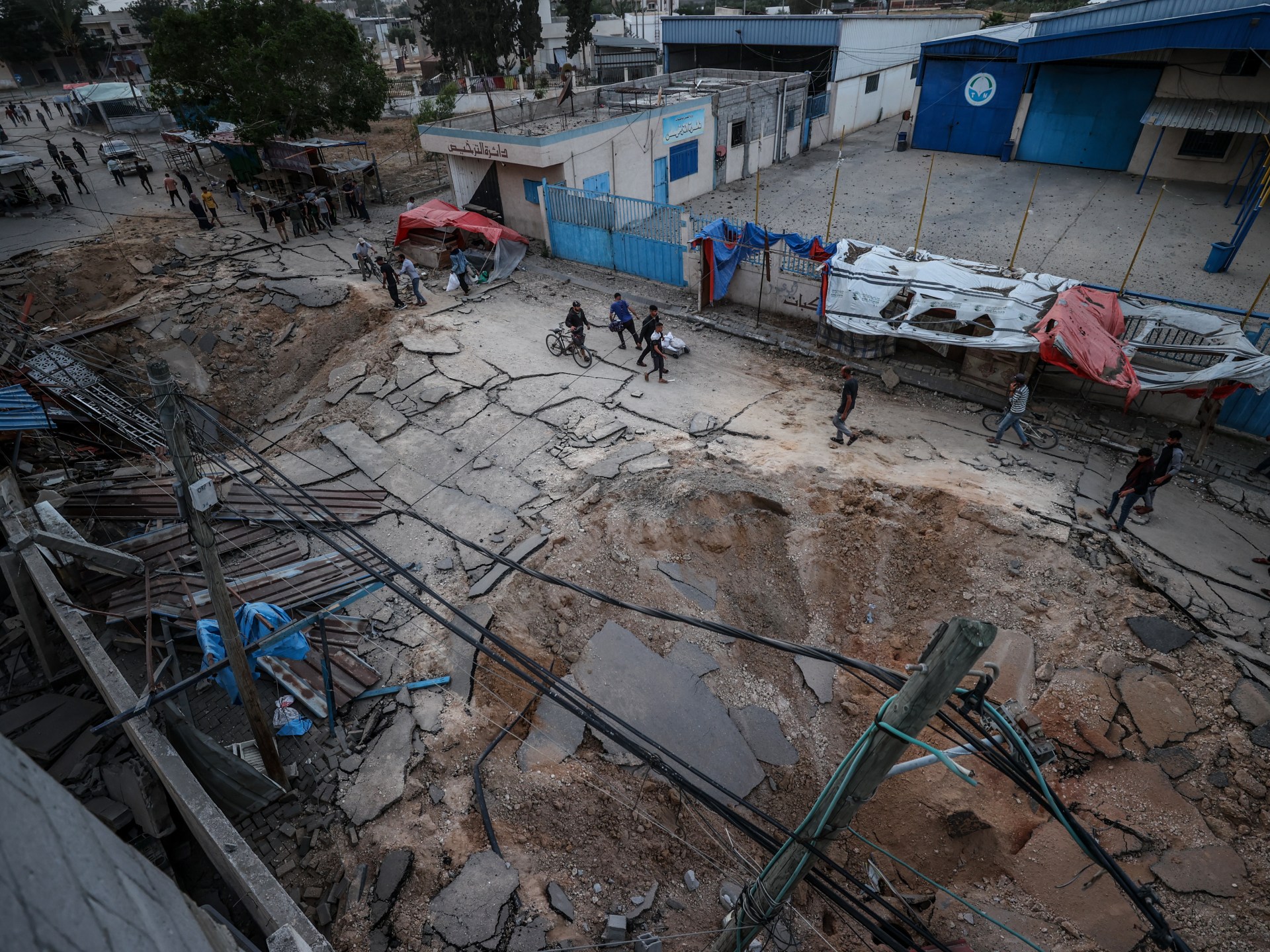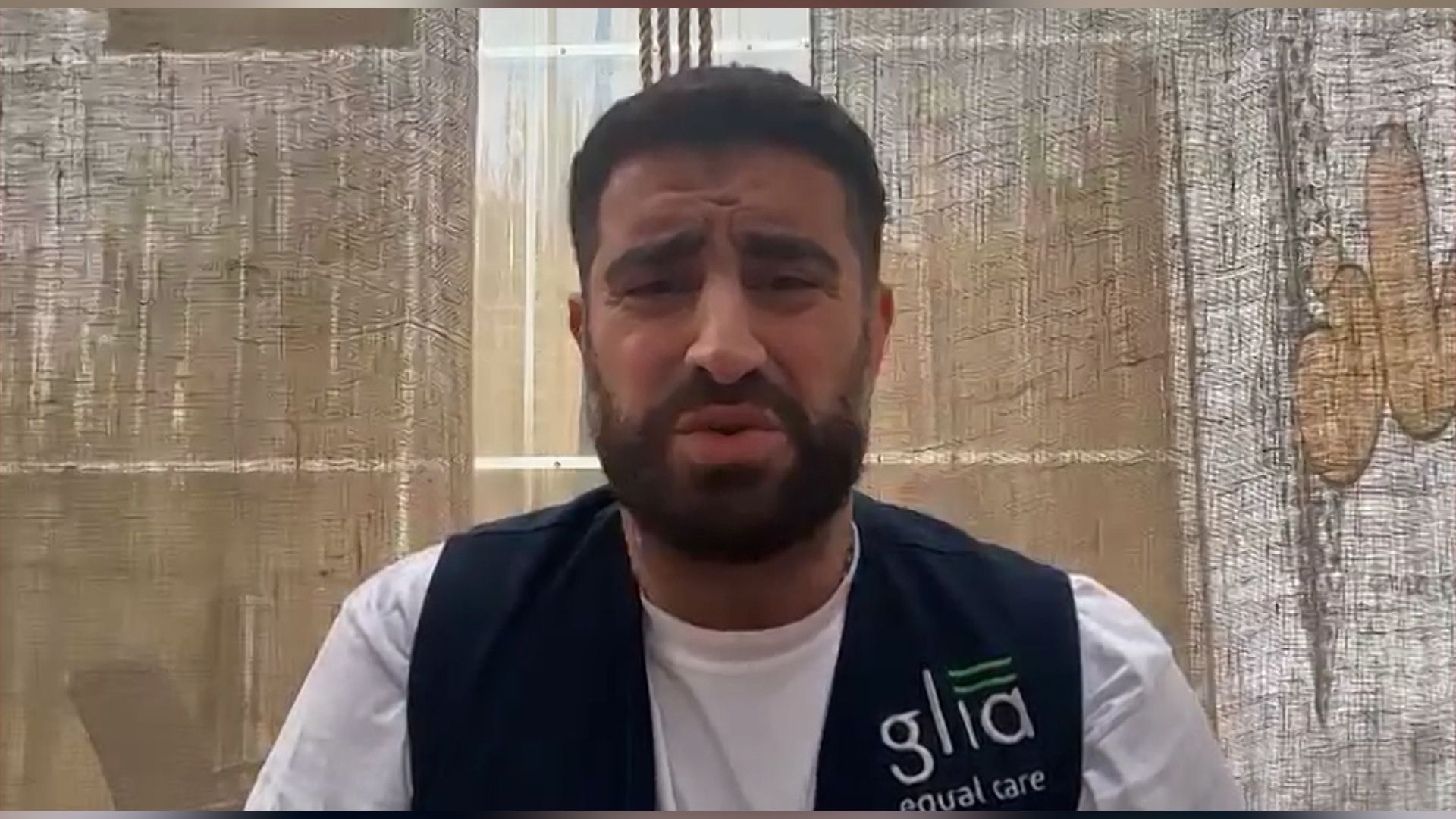Israeli forces have bombarded multiple areas across the besieged Gaza Strip, killing at least 85 Palestinians, including aid seekers and families sheltering in schools, and wounding many more in attacks that have also targeted a crowded hospital.
In the relentless attacks on Monday, 62 of the victims were in Gaza City and the north of the territory. The Israeli navy struck a port in Gaza City, where the military has stepped up its heavy strikes, killing at least 21 and wounding 30, many of them women and children.
Al Jazeera’s Hani Mahmoud, reporting from Gaza City, said the attack was in the heart of a displacement centre near the Gaza seaport.
“This area serves as a refuge for many traumatised and displaced people, offering some relief from the oppressive heat of the tents,” he said.
Also on Monday, Israeli forces targeted the courtyard of Al-Aqsa Hospital in central Gaza’s Deir el-Balah, where thousands of families had sought shelter.
Videos circulating online and verified by Al Jazeera showed chaos at the hospital, with people fleeing for safety as tents sheltering displaced families appeared damaged by the attack.
Al Jazeera’s Tareq Abu Azzoum, reporting from the scene of the hospital attack, said the army did not issue “any warnings” before the “huge explosion”.
“The site of the attack is about 10 metres [33ft] from our broadcast point. This is not the first time the hospital’s courtyard has been attacked. At least 10 times, this facility has been squarely targeted by Israeli forces,” Abu Azzoum said. “It’s a staggering concentration of attacks on medical facilities, adding further burden on barely functioning hospitals.”
In a statement, Gaza’s Government Media Office decried the attack by Israel, calling it a “systematic crime” against the Palestinian enclave’s health system.
“Its warplanes bombed a tent for the displaced inside the walls of Al-Aqsa Martyrs Hospital, resulting in injuries at the site of the bombing, material damage, and directly threatening the lives of dozens of patients,” it said.
Israel has repeatedly targeted dozens of hospitals during its 22-month war on Gaza. Human rights groups and United Nations-backed experts have accused Israel of systematically destroying the enclave’s healthcare system.
‘It felt like earthquakes’
Also in the south, at least 15 aid seekers looking for food at aid distribution hubs run by the controversial United States- and Israeli-backed Gaza Humanitarian Foundation (GHF) were killed by an Israeli air strike in southern Gaza’s Khan Younis, according to sources at Nasser Medical Complex. Fifty people were also wounded in the attack.
They are the latest victims in a wave of daily carnage at these sites that have killed nearly 600 Palestinians since GHF took over limited aid deliveries in Gaza in late May amid a crippling Israeli blockade.
The Israeli military acknowledged on Monday that Palestinian civilians were harmed at the aid distribution centres, saying that instructions had been issued to forces following “lessons learned” and firing incidents were under review.
This follows the Israeli news outlet, Haaretz, reporting that soldiers operating near the aid sites in Gaza have been deliberately firing upon Palestinians. According to the Haaretz report, which quoted unnamed Israeli soldiers, troops were told to fire at the crowds of Palestinians and use unnecessary lethal force against people who appeared to pose no threat.
Israeli forces are also carrying out home demolitions in Khan Younis, raising fears of a new ground invasion.
The Israeli military, meanwhile, has issued more forced evacuation threats to Palestinians in large districts in the northern Gaza Strip, where Israeli forces had operated before and left behind wide-scale destruction, forcing a new wave of displacement.
“Explosions never stopped; they bombed schools and homes. It felt like earthquakes,” said Salah, 60, a father of five children, from Gaza City. “In the news, we hear a ceasefire is near. On the ground, we see death and we hear explosions.”
Israeli tanks pushed into the eastern areas of Zeitoun suburb in Gaza City and shelled several areas in the north, while aircraft bombed at least four schools after ordering hundreds of families sheltering inside to leave, residents said.
Gaza’s health authorities said at least 10 people were killed in attacks on Zeitoun and at least 13 were killed southwest of Gaza City.
More than 80 percent of Gaza is now an Israeli-militarised zone or under forced displacement orders, according to the United Nations.
The attacks come as Israeli officials, including Israel’s Strategic Affairs Minister Ron Dermer, were due in Washington, DC for a new ceasefire push by the administration of US President Donald Trump.
Key mediator Qatar has confirmed that there are serious US intentions to push for a return to negotiations, but there are complications, according to a Qatari Foreign Ministry spokesman.
The spokesman said that it has become difficult to accept the continued human losses in the Gaza Strip, warning that the continued link between the humanitarian and military aspects in Gaza cannot be accepted.
The talks in the White House are also expected to cover Iran, and possible wider regional diplomatic deals.
In Israel, Prime Minister Benjamin Netanyahu’s security cabinet was expected to convene to discuss the next steps in Gaza.
On Friday, Israel’s military chief said the present ground operation was close to having achieved its goals, and on Sunday, Netanyahu claimed new opportunities had opened up for recovering the captives, 20 of whom are believed to still be alive.
Palestinian and Egyptian sources with knowledge of the latest ceasefire efforts also said that mediators Qatar and Egypt have stepped up their contacts with the two sides, but that no date has been set yet for a new round of truce talks.
